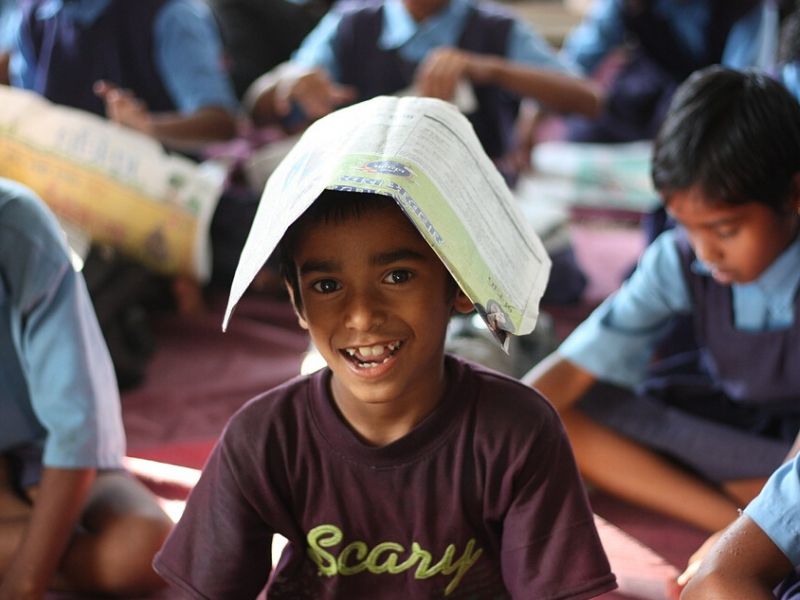It is through education that an individual learns to adapt to his physical, social and spiritual environment. Man is a social animal. His superior intelligence differentiates him from other living beings. Other creatures could only be trained. But man, alone can be educated. Nelson Mandela, a South African anti-apartheid revolutionary, political leader, and philanthropist rightly said “Education is the most powerful weapon which you can use to change the world.” Literacy is the only tool that helps you make sense of your surroundings. It is the most important enabler of social and human development.
According to the 2011 provisional census figures, India’s literacy rate has grown to 74.04 percent. Despite the government taking up several measures to improve the literacy rate, it is increasing at a slow pace. According to a UNESCO report, education accounts for around 10.5 percent of India’s government expenditure but while rich states like Kerala spend around $685 per pupil per year, in poorer states like Bihar, the education expenditure per pupil is only around $10. This highlights the glaring inequity between rural/semi-urban and urban areas when it comes to education.
According to a survey conducted by the National Sample Survey Office (NSSO) in January 2014, the literacy rate in the age group of seven years and above in rural areas is 71 percent compared to 86 percent in urban areas. Even though the percentage seems quite satisfactory, it is worth noting that this 71 percent is only calculated based on the students’ academic record rather than their confidence levels in one or more disciplines of study.
For decades, people have been flocking out of villages and smaller towns to the big cities drawn by the bright lights and the hope of better lives. Unfortunately, the same rings true for education. Earlier, the schools in rural and semi-urban areas lacked proper infrastructure as well as facilitators. With a slew of government initiatives like mid-day meal scheme, establishing more schools, providing better facilitators, etc, the literacy rate now seems satisfactory. However, speaking confidently in English is still a challenge for children in rural India.
In order to address this challenge, Cambridge Assessment English (division of Cambridge University, U.K) launched an initiative aimed at teaching English to children and youth in the remotest areas of India not just as an academic discipline but as a life skill. The importance of English can be understood by the fact that English is used worldwide to communicate. Learning English and honing the basic skills not only enables one to speak but also builds confidence and motivates learners to speak English without any kind of hesitation. Especially in today’s increasingly globalised world, learning English has become crucial. A good grasp of English helps to understand other academic subjects without any difficulty.
Moreover, children love fun-filled movies and comics. Most of the movies liked by school-age children are made in English and their favourite comic books are also written in English. Children in rural/semi-urban/remote areas lag behind their urban counterparts due to various reasons. Among which is English language knowledge. Lack of English language knowledge makes them feel demotivated and inferior. Cambridge Assessment imparts English language skills to children in rural areas in a fun-filled and engaging manner so they do not feel overwhelmed.
Authored by Anjani Kumar Agarwal, director – Edify Education
Posted in Teachers Resources























